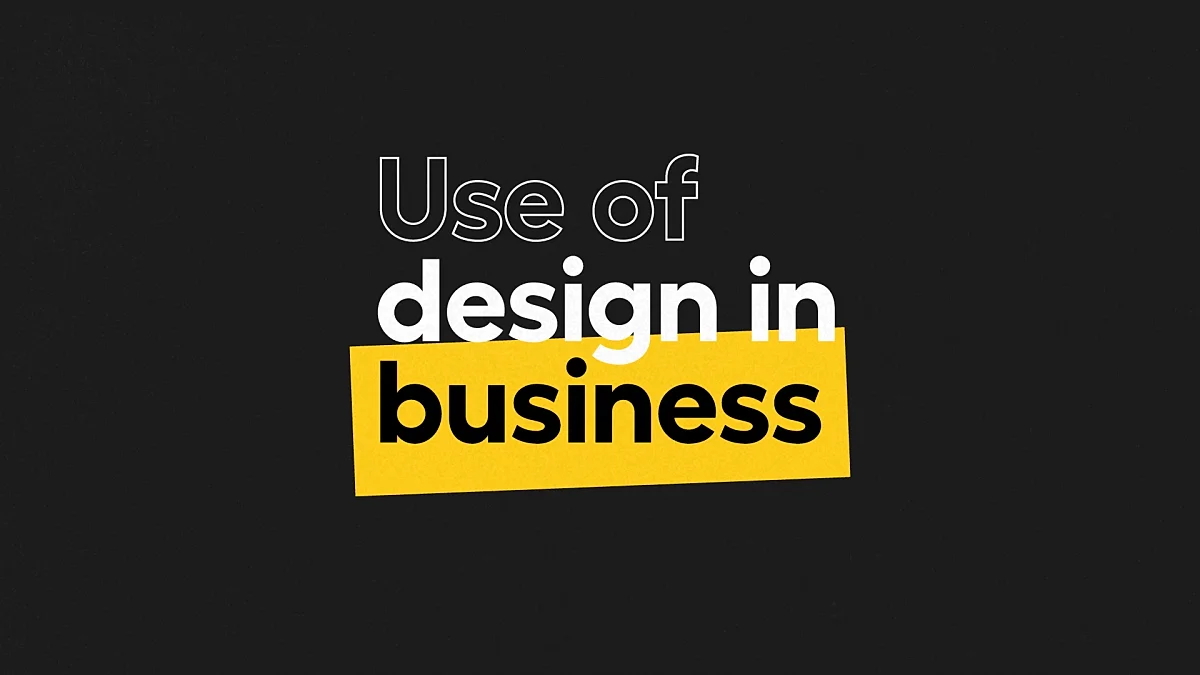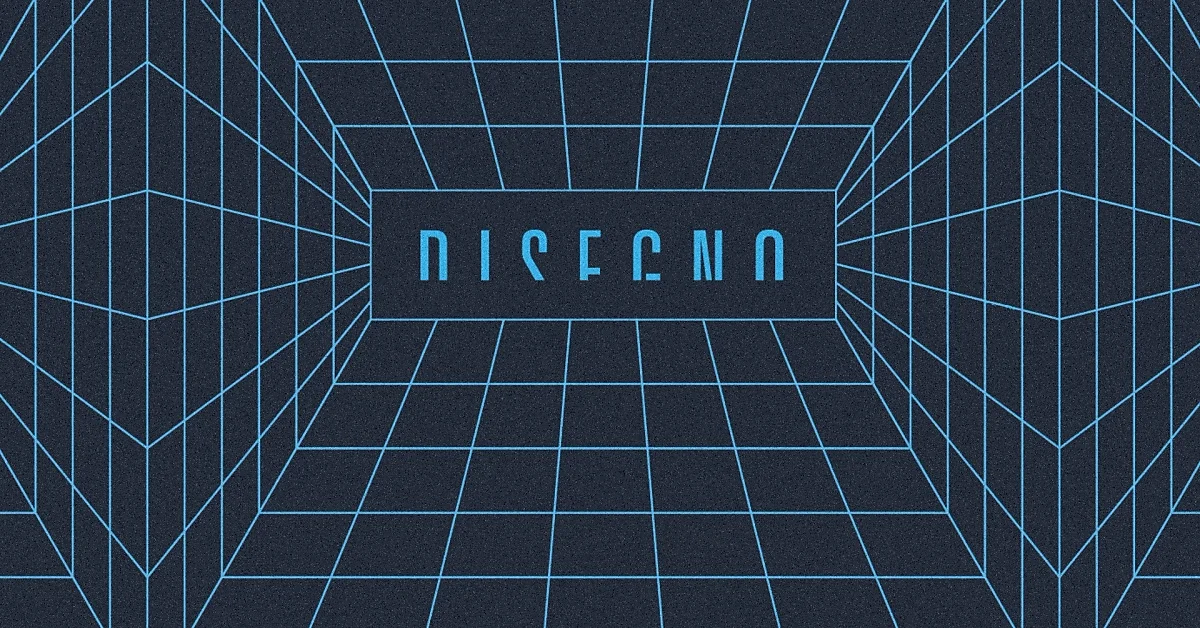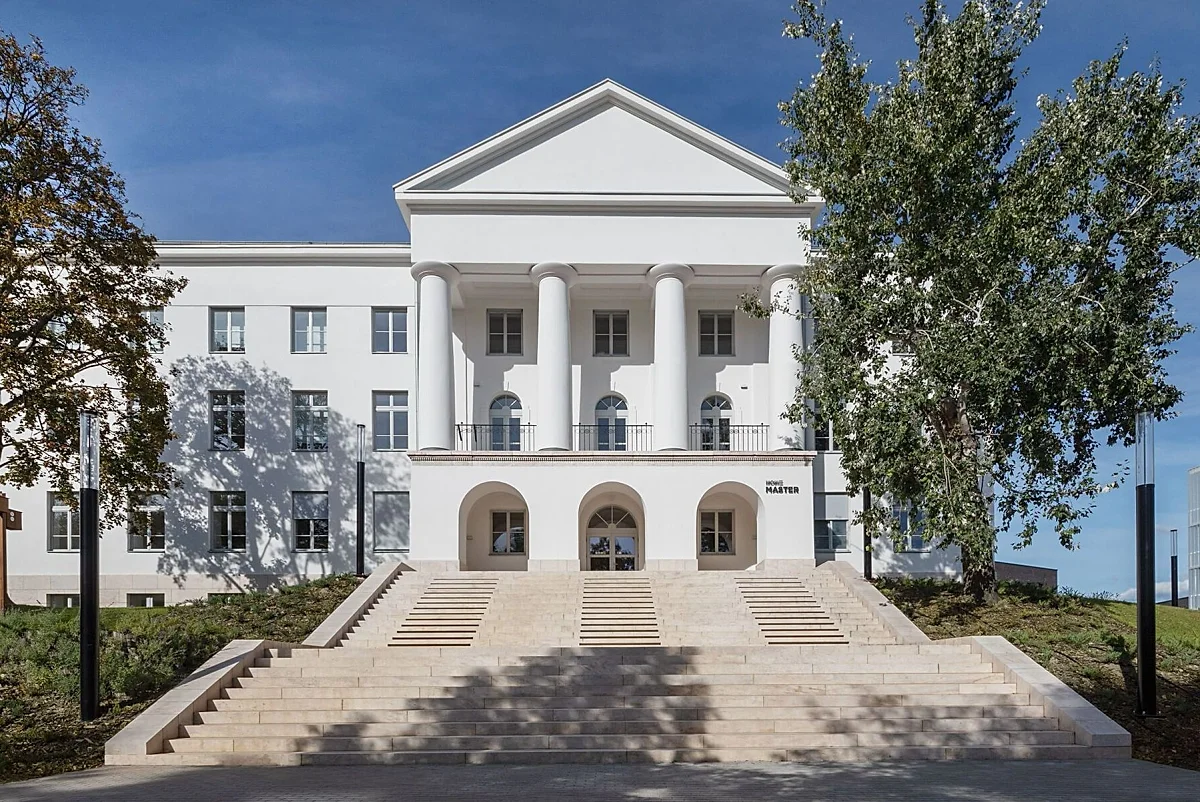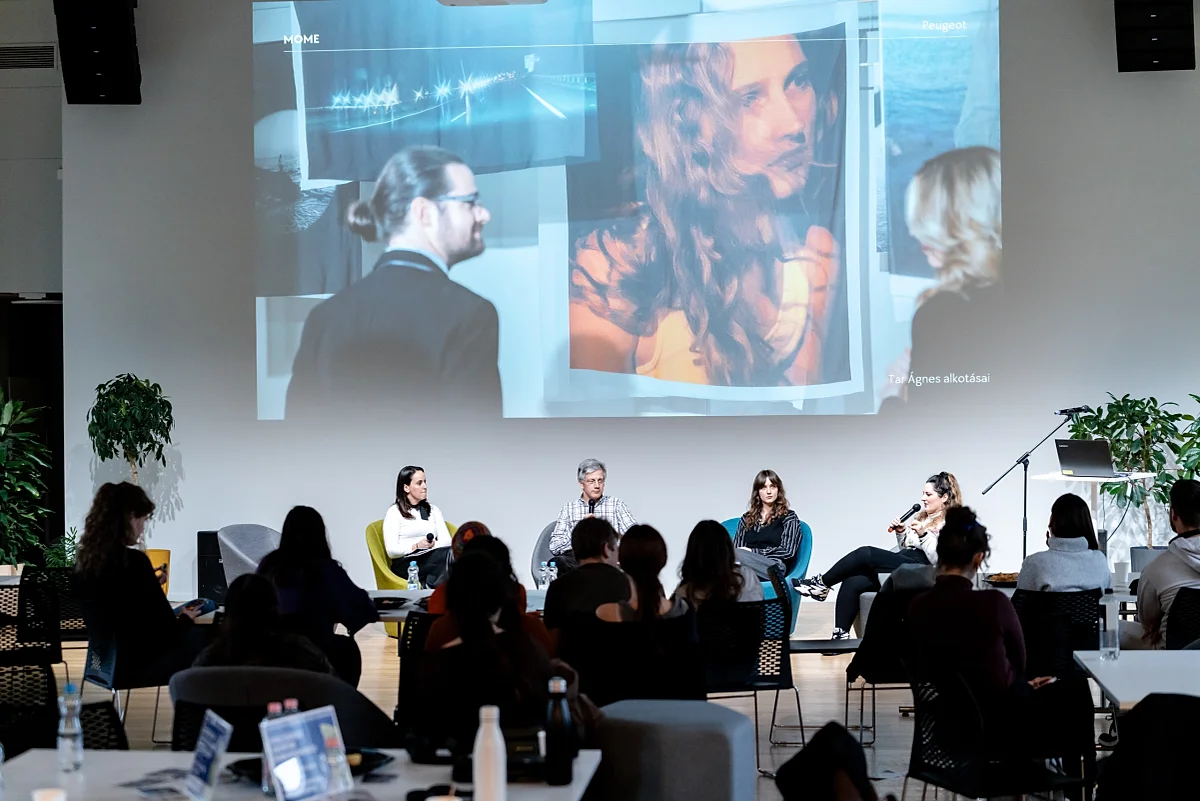
Using design awareness to promote growth I The latest edition of MOME’s CEE design maturity research has just been released
To answer this question, the Innovation Center (IC) of the Moholy-Nagy University of Art and Design (MOME) has launched the second edition of its survey started last year, asking Hungarian, Slovakian and Polish heads of businesses how they use design across various areas of their operation, whether for designing a new product or service, customer acquisition, or strategy building. The English-language report is now available free of charge on the university’s website.
The niche survey explored the role and future of design, as well as the design awareness of businesses, demonstrating a clear correlation between design-oriented thinking and business growth. It also reveals that a widespread adoption of design as an approach is yet to occur, and that companies largely associate design with aesthetic aspects and product appearance. A more in-depth understanding of design, however, can lead to real success, and can also help improve other areas of business operations, such as cost reduction, financial efficiency, and environmental sustainability in addition to product development and strategic decision making.
The survey, which gathered insights from nearly 300 business leaders, assesses the design maturity of businesses and raises awareness about the potential for business growth and advancement through design.
As there has been little research on the subject, MOME IC chose to develop its own four-level scale to measure design maturity, with ‘Potential’ as the first stage of design maturity, where design is seen purely in aesthetic terms, and ‘Pinnacle’ as the fourth and most advanced phase, where design is used as a strategic tool to be incorporated into every aspect of a business’s operation from decision-making processes to organisation building.
According to the free online publication released today, 7% of respondents in the CEE region utilise design thinking tools to develop solutions also for internal processes, and a mere 2% use design across every aspect of their operation following a holistic approach. In contrast, 91% only use design solutions for customer-facing activities, largely in product design, graphic design, UX/UI design or brand positioning. Although Slovakia was found have the highest design awareness score, there were no significant differences between the average score of the three countries.
Interestingly, an overwhelming majority (85%) of respondents desire design knowledge in-house, and are willing to allocate extra funds or offer trainings for this purpose. In addition to hiring designers in the future, companies would like to equip staff in other departments with design methodology expertise to involve them in decision-making.
“With numerous companies expressing interest in cultivating in-house design expertise and extending design applications beyond customer-facing aspects, there is potential for growth and innovation in CEE, provided senior management supports these efforts with the necessary resources”, said Director of the MOME Innovation Center Lasma Ivaska recapping the findings of the survey after its conclusion.
According to respondents, they see the economy as the greatest threat to their business over the next ten years, with technological, environmental, and political factors following with a gap. Over 80% of companies planning three years ahead think several product and service generations ahead.
In addition to various metrics, the report also includes commentaries presenting the benefits and areas of design use for a better understanding of the subject matter by professionals such as Business Journalist and Content Development Director of Portfolio Márton Orosz, Head of Strategy & CEO of Design Terminal László Jónás, Director of Brand and Communications of Telekom Béla Szabó, and Head of Service Design of OTP Bank Beáta Knausz.
Download the report here: https://mome.hu/en/use-of-design-report-2023


